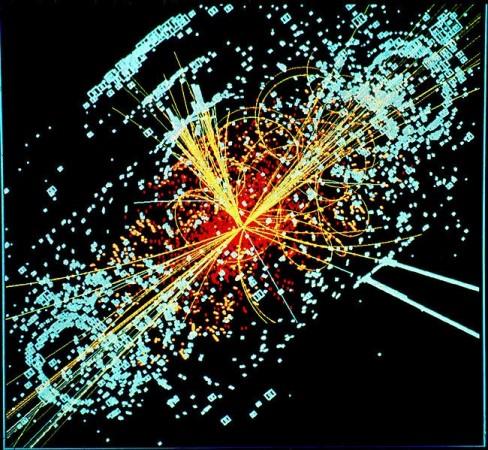
Physicists have identified the elementary particles rotting into two base quarks that appear to be extraordinary fleeting particles often show up as a result of high-energy molecule crashes. The new phenomena was observed after a six-year wait from the time Higgs Boson was discovered by physicists working at the Large Hadron Collider at CERN in Geneva, in 2012.
Researchers from ATLAS and CMS, two LHC experiments reported their latest findings at a seminar held in CERN on August 28.
"Since the first single-experiment observation of the Higgs boson decay to tau-leptons one year ago, CMS, along with our colleagues in ATLAS, has observed the coupling of the Higgs boson to the heaviest fermions: the tau, the top quark, and now the bottom quark. The superb LHC performance and modern machine-learning techniques allowed us to achieve this result earlier than expected," said Joel Butler, spokesperson of the CMS collaboration, as per CERN.
The Higgs boson is an elementary particle forming the Standard Model of particle physics, which is produced by the quantum excitation of the Higgs field, a field in the theory of particle physics.
Researchers observed the decaying of Higgs into much smaller particles. The Higgs boson is relied upon to decay into two base quarks over time. But researchers could not reveal much of the process as different processes can create base quarks and copy the Higgs decay pattern (SN: 9/3/16, p. 13).
Finding the Higgs Boson in 2012 filled in the last missing bit of the standard model of the theory of the fundamental constituents of matter (SN: 7/28/12, p. 5), but much of the internal workings of Higgs are yet to be known.
The standard model predicts how frequently the Higgs should decay into different sorts of particles. Base quarks are one of six sorts of quarks that form the standard model, every one of which has different properties, for example, mass and electric charge. While the lightest quarks make up typical particles like protons and neutrons, base quarks are substantial and uncommon.
Physicists need to observe the different ways the Higgs boson decays to see if their prediction matches the rate of decay. If not, that could mean something isn't right with their theory. So far so good, as the new outcomes sustained their standard model.

















